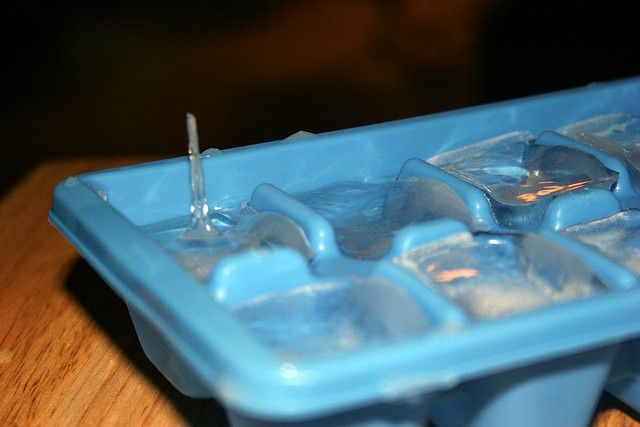Have you ever opened your freezer and reached for your ice cube tray only to find your ice cubes have grown spikes? Some people might marvel at the creation, but others may start wondering—how did this happen? How is this possible?
Well, it’s totally normal for ice cubes to grow spikes in the freezer. It can also be surprising to people who haven't experienced such a thing before.
Let’s take a look at the simple reasons that lead to the formation of spikes in ice cube trays and the circumstances under which spikes will less likely form. First, let’s cover why ice cubes grow spikes in their trays.
We all know under normal conditions, ordinary water freezes at 0 degrees Celsius. This is not the case for distilled water, which is mostly responsible for the formation of spikes.
Distilled water remains liquid past the normal freezing point. When it starts to freeze, the freezing starts out around the edges of the container of the ice cube tray. This will progress until the frozen water leaves a hole at the middle of the container. This hole contains liquid water. The spike is formed through this excess water in the middle of the ice cube that gets squeezed upwards due to expanding and freezing of the ice around it. Since water increases in volume when it freezes, this upward pushing will lead to the formation of spikes.
Using tap water for ice cubes in the freezer will less likely form spikes as it freezes at the normal freezing point. Also, in tap water, freezing is uniform which means there is no hole left in the middle. The presence of impurities in tap water can also hinder spike formation.
Photo by: Olaf Gradin | Flickr





